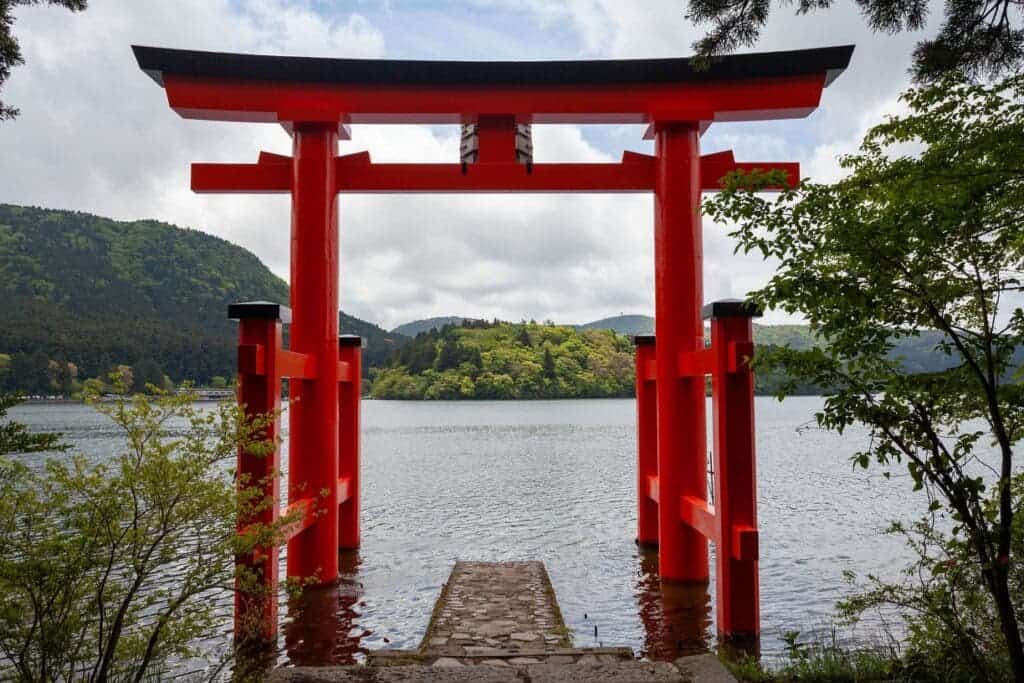The much-discussed social woes in Japan don’t seem to be going away anytime soon. According to a new study, 1 in 4 women and 1 in 3 men in their 30s are single, and half of these singles aren’t interested in heterosexual relationships.
Dating, it seems, is slowly falling out of fashion in Japan.

Herbivore-ization
Japan’s overall population is aging and declining. It’s not just the very high life expectancy (though that does play a big role), the country’s low fertility rates are also to blame. Japanese media has long speculated about a purported decrease in interest for dating and sex and an increase in virginity, something they call “herbivore-ization”, unmarried adults disinterested in romantic partners are sometimes called “herbivores” in Japan.
But until now, it wasn’t clear that this phenomenon truly exists.
“This herbivore phenomenon, both its definition and even does it really exist, has been hotly debated for a decade in Japan, but nationally representative data have been lacking,” said Dr. Peter Ueda, an expert in epidemiology and last author of the research published in the journal PLOS ONE.
The new analysis draws on data collected by the National Fertility Survey of Japan, a questionnaire designed and implemented approximately every five years between 1987 and 2015 and shows that indeed, a large number of millennial adults are uninterested in romance — with the caveat that the study only tracks heterosexual relationships, so the approximately 10% of Japan’s population who identify has LGBT is excluded from this data.
Researchers explain the gap between single men and single women years can be explained by women being more likely to date older men, but the overall figures are high and seem to be growing. In 1992, 27.4% of women and 40.4% of men in Japan aged 18 to 39 were single. By 2015, 40.7% of women and 50.8% of men of the same age range were single.
Culture is an important factor in shaping romantic relationships. The peer pressure pushing towards marriage is strong in Japan, but it seems to be working counterproductively.
“After age 30, either you’re married or you’re single. Very few people in the older age groups are unmarried and in a relationship. It could be speculated that promoting marriage as the most socially acceptable form of relationship between adults has built a barrier to forming romantic relationships in Japan,” said Ueda.
The disinterest in romantic relationships does seem to be growing in younger people. Around one-third of women (37.4%) and men (36.6%) aged 18 to 24 said they were not interested in a relationship, compared to just 1 in 7 (14.4%) women and 1 in 5 men (19.5%) aged 30 to 34 who describe themselves as single and disinterested.
But it’s not just culture that’s shaping these social trends — it’s also economic status. Simply put, the trend seems to be more pronounced in poorer people and less pronounced in those who are better off. It’s unclear what the causality is here (or even if there is any), but it at least gives authorities an indication of where to act if they want to address this.
“Among men, lower income was strongly associated with being single, although this does not necessarily represent causality. If we transferred a million dollars into their bank account right now, it is not clear if single people would increase their interest in changing their relationship status. However, it would not be too far-fetched to expect that lower income and precarious employment constitute disadvantages in the Japanese dating market,” said Ueda.
“The herbivore phenomenon may be partly socioeconomic adversity. If government policies directly addressed the situation of low-income, low-education populations, I think some people with a lack of job security or financial resources may have new interest in dating,” said Dr. Haruka Sakamoto, an expert in public health and co-author of the research publication.
This isn’t exactly surprising. In Europe and the US, marriage has been shown to be associated with higher status and education, but it’s not well known how these factors affect single people. But if low socioeconomic status is indeed one of the causes, Japan’s infamously poor work–life balance can’t be helping. The country’s decline in wages and lifetime employment along with a high gender pay gap (estimated around 24%, one of the largest in the world), small living spaces, and the high cost of raising a child are all potential causes contributing to the fall of relationship-seeking in Japan.
The COVID-19 pandemic is expected to have also contributed to a decline in romantic relationships, not just in Japan but elsewhere in the world as well.
Journal Reference: Ghaznavi et al. The Herbivore’s Dilemma: Trends in and Factors Associated with Heterosexual Relationship Status and Interest in Romantic Relationships Among Young Adults in Japan – Analysis of National Surveys, 1987-2015. PLOS ONE. DOI: 10.1371/journal.pone.0241571
https://journals.plos.org/plosone/article?id=10.1371/journal.pone.0241571


